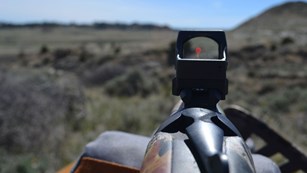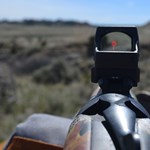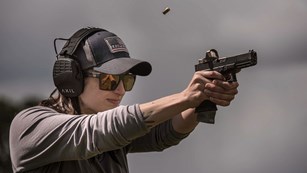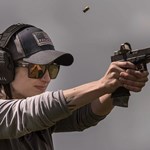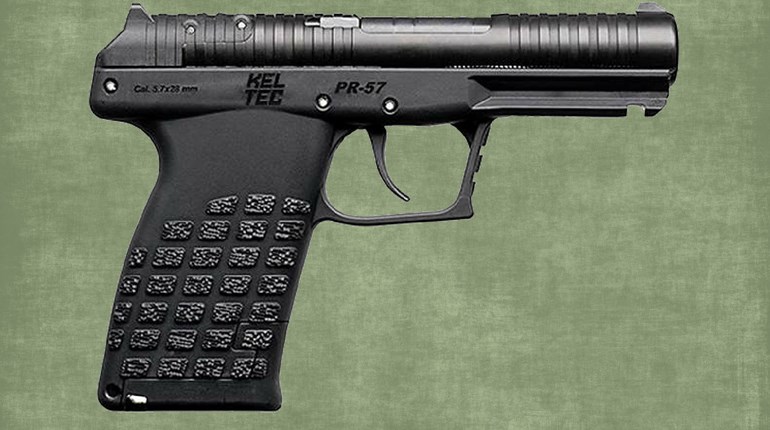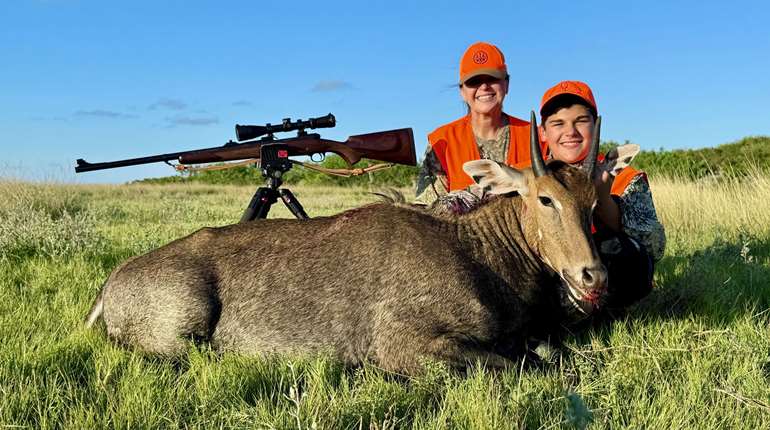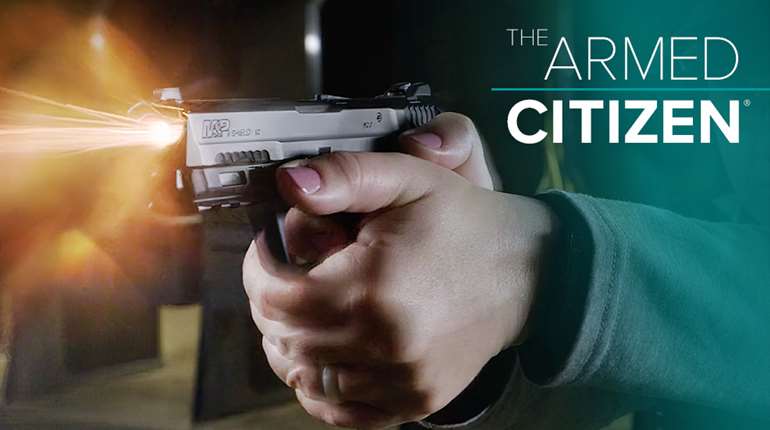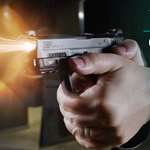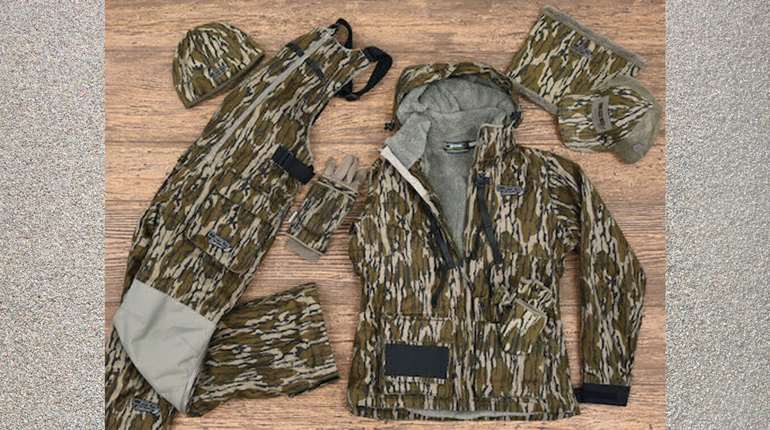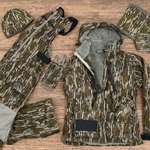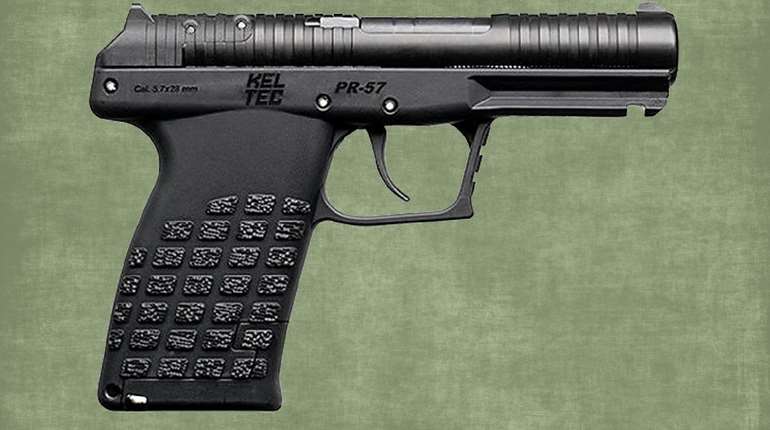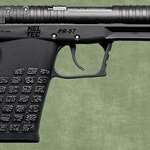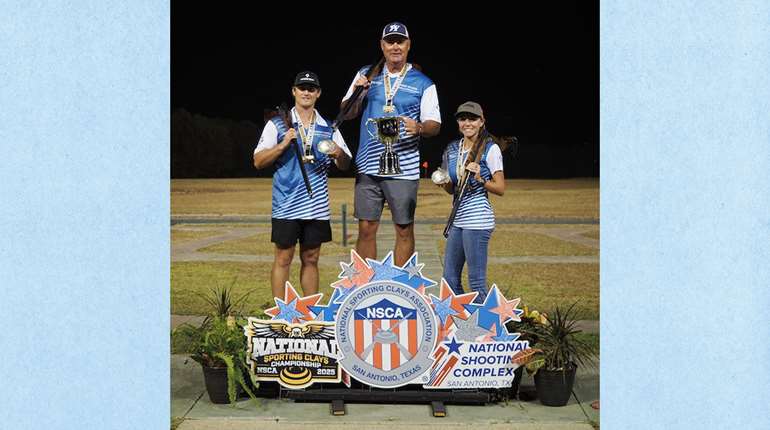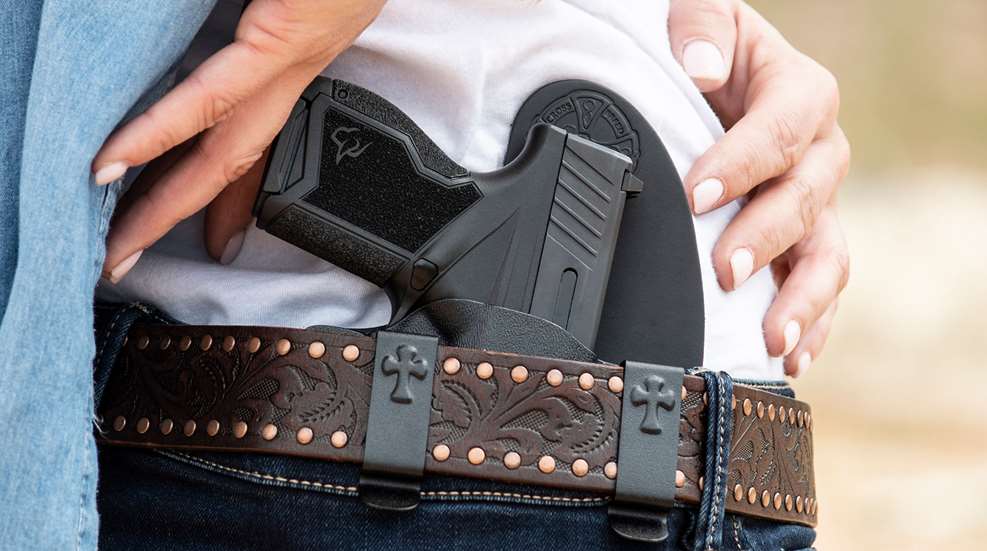
Over the years I've worked with dozens of holsters as a product tester and for personal use. Many of the features folks tend to discuss boil down to personal preferences, including the materials they are made of (leather, Kydex, nylon, etc.), where they are positioned on (or off) of the body and the mechanisms they employ for gun retention.
However, there are a few universal qualities that all concealed carry holsters should exhibit if they are going to perform to a concealed-carry practitioner's satisfaction. Here are four positive qualities to keep in mind when evaluating carry holsters, regardless of materials or design.
1. Quality Construction (You Get What You Pay For)
I remember a time when a new acquaintance was showing off a recently acquired factory-custom 1911 pistol. It cost a tidy sum of $1,500 back in the early 2000s. After discussing the gun a bit, I asked about the holster the pistol was wrapped in. It was a generic, black nylon affair that was not all that great to start with. It probably cost about $12.99 new. I was not surprised, due to its condition, to learn that it had been excavated from a used holster bin near the gun shop's cash register and sold for the magnanimous price of just $3.99.

High quality holsters, like the Crossbreed Rogue shown here, are built to handle the rigors of daily use.
Now it may seem like I'm being a holster snob here, insisting that folks spend more for the holsters they use. But my experience with cheap holsters can be summed up quite nicely with the three problems this particular holster exhibited. I asked how the holster was working out. Well, not so good. It was a belt holster that had a tendency to travel around between belt loops. It also had a front-to-back wobble because its belt loop was wider than the belt supporting it. This shifting front to back, like an ill-fitting shoe, can make the gun painful to wear all day. Finally, it was already popping its stitches with loose threads poking out here and there. In other words, it was miserable to use and would need to be replaced quite soon.
An informative at-home holster evaluation is what I've dubbed The Spring Cleaning Test. With the gun unloaded and secured in its holster system, go about doing interior chores that need doing anyway. Go up and down the stairs or ladders, dust, sweep, vacuum, mop and, most importantly, get down on all fours to do those grubby jobs like cleaning under the sink or behind the toilet. If the gun stays holstered, and the holster still feels good to wear after a few hours of sweaty, physical work, then it's a solid candidate for daily use.

Crossbreed Holsters' modular Purse Defender (left) and in-the-waistband Freedom Carry (right) provide the same grip access and level of retention for a familiar draw stroke when switching up holster locations.
Cheap holsters can be useful as a stopgap measure, or to try out a particular position or style to see if it might be a good fit. But holsters that stay put, feel comfortable to wear all day and are built to last simply cost more. Like the gun and ammunition you choose to wear, a quality holster pays for itself quickly, whereas a low-grade model often results in a gun being left at home.
 2. Appropriate Levels of Retention
2. Appropriate Levels of Retention
Holster designers use a variety of mechanisms to keep handguns secured in place until the concealed carrier chooses to draw them. Replicas of Old West cowboy holsters have leather thongs which loop over a single-action revolver hammer spur. Police and military holsters have flaps or straps that snap down over the butt of the pistol to keep it in place. A common practice for modern concealment holsters is to mold the leather or polymer shells to fit specific guns. These molded holsters grip the guns to hold them in place. Some of these holsters are fitted with adjustable tension screws. Running and cycling shorts with built-in holster pockets, like the Alexo shorts shown here, can provide a convenient way to carry during outdoor activities.
How much retention is enough? Generally speaking, if the gun has enough room to rattle around inside the holster, then it may not be tight enough for good retention. If you have to arm wrestle the gun out of the holster, or you find your holster support system (belt, strap, purse insert) getting pulled out of place a few inches before the gun clears, then it's likely too tight.

Belly Band holsters, like the Blackhawk! Stache can be shifted around to provide a variety of waist-level handgun positions including cross draw, appendix carry, strong-side hip and behind the hip.
One of the first defensive handgun instructors I worked with told students to evaluate holster retention with The Backwards Somersault Test. This simple at-home evaluation involves doing the somersault in a carpeted area while fully dressed with the unloaded handgun in the holster. If the gun doesn’t fall out, you're good to go. This test has its limitations. It's on the right track but not a good fit for all fitness levels or situations. The aforementioned Spring Cleaning Test is also a good way to evaluate retention.
 3. Ready Access to the Handgun's Grip
3. Ready Access to the Handgun's Grip
There's an important difference between a holster that's comfortable to wear and one that provides quick access to the handgun's grip. The best holsters usually provide a good balance between these two features. But I've bumped into more than one holster along the way that sacrificed grip access in favor of high backings or extra padding. Even though these four holsters differ in their materials and configurations, all of them have a gap that provides ready access to the pistol’s grip.
Remember that fine motor skills go out the window when the body shifts gears into fight-or-flight mode. People can become ham-fisted when truly frightened, so the more accessible a grip is, the better. This means that when the gun hand is wrapping around the grip that it's not necessary to force the fingertips between the holster and grip, or wiggle the gun around to form a proper grip. Once again, if you have to compete against the holster in order to get the gun, then it's not a good fit.
4. Compatible Location and Draw Stroke
You'll find holsters designed to fit into just about every logical location on a concealed carrier's person. Some of the more popular options include ankle, appendix, behind the hip, cross draw, off-the-body (purse or bag), pocket, shoulder and strong-side hip holsters. But what should be noted here is that a given holster position that is comfortable, conceals well and provides an intuitive draw for one person may be a poor fit for another.

Handbags with dedicated concealment pockets ensure quick access to defensive handguns.
Everyone is unique in regards to their body shape, size, flexibility and reach. It's also important to take your daily activities into consideration. For someone who spends most of the day strapped into a driver's seat, a strong-side hip holster will be inaccessible most of the time because it will be covered or blocked by the seat belt. But someone who spends most of the day on her feet may find a hip holster to be a good fit.

Trying out a few different types of holsters is the only way to find out which one is the best fit for you.
It's not unusual for folks who are just getting started with concealed carry, or switching carry guns, to go through a few different holsters before finding the right one for their needs. There's simply no way to know for certain if a holster is a good fit until it's been worn for a while. And once they've been used (especially those that rest directly against the skin), they can't be returned or exchanged. Don't worry if you don't get it right the first time. Most of us who carry have a shoe box tucked away somewhere with at least a couple of poor fits or seasonal holsters inside. This is a typical part of the holster fitting process. It takes time, patience and an investment of some cash to get it just right.
For more information about specific holster options, take a look at this write up about 6 Holsters to Comfortably Conceal Your Firearm.
